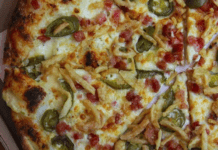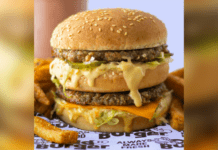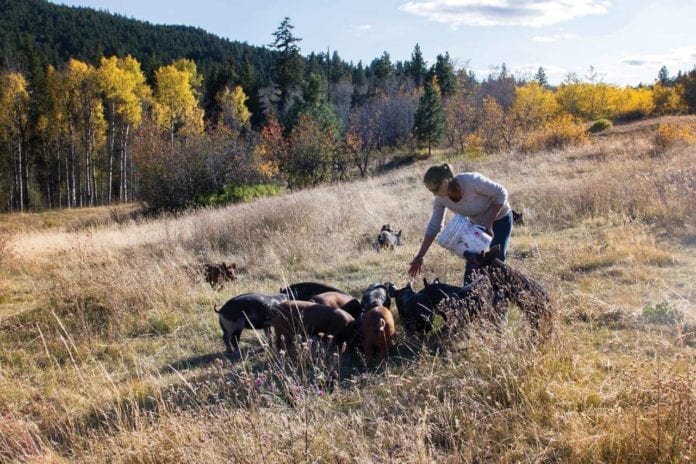We’ve all heard of “Heirloom” vegetables and “Heritage” breeds of meat, but what do these labels really mean?
These types of meat and vegetables haven’t changed much over the years. That is to say, they haven’t been messed with — no genes spliced; no serious inter-breeding — for an extended period of time (several generations, or about 50 years as a general rule). As a result, each heritage breed boasts unique attributes that contribute to the flavour and consistency of the meat.
Mainstream meat has been bred to have consistent growth, fat-to-meat ratio and flavour. This is partly in response to consumer demand and what is financially viable for farmers in terms of turnover and the cost of raising the animals. Though they take longer to grow and are more expensive to rear, heritage meat celebrates the differences in different animals and chefs love working with heritage breeds because of the many different ways they can be showcased on the plate.
Pork
Berkshire: probably the first Heritage breed to be popularized by Canadian chefs, Berkshire pork is naturally sweet and well-marbled — a result of the slower growth period for these pigs.
Tamsworth: these pigs are well-known for their long belly, making them a popular breed for bacon and extra-large chops.
Gloucestershire Old Spot: Well-marbled, nutty and full of flavour, the Gloucesteshire Old Spot is another chef favourite.
Beef
Highland Cattle: these cows are striking, with long red, blonde or black hair and long horns. Their meat is lean and full of flavour from their free-roaming lifestyle.
Lincoln Red: with a lineage going back 1,000 years, these hardy cows have withstood the test of time. They grow quickly, making them ideal for beef production.
Belted Galloway: easy to identify because of their white “belt”, these cows boast a beef that is both lean and well-marbled.




















